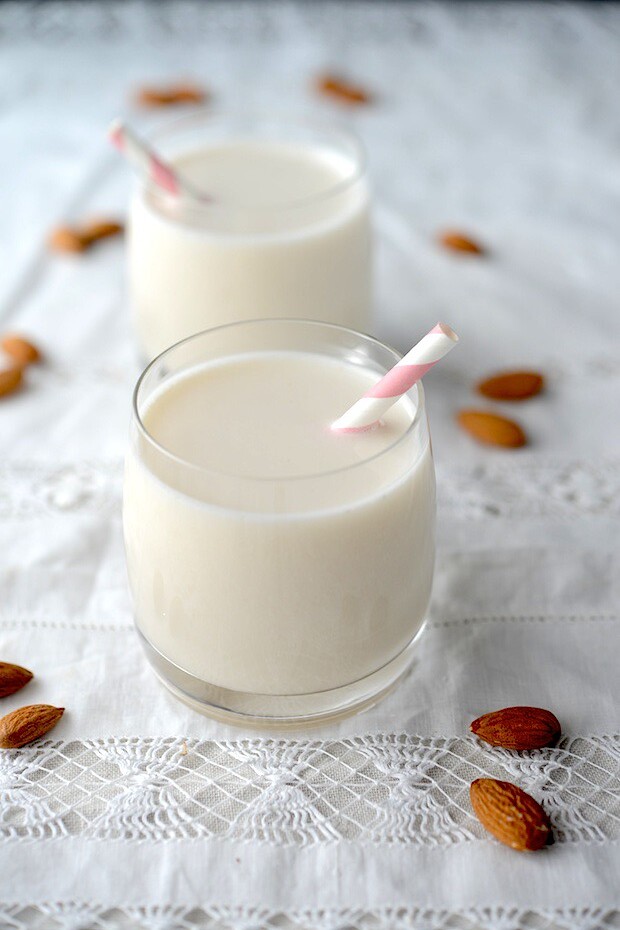
The global dairy alternatives market is experiencing exponential growth, with the industry valued at $23 billion in 2021 and projected to reach $65.33 billion by 2030, at a remarkable CAGR of 12.3%, according to research by Straits Research based in Pune, India.
North America Leading the Charge North America is poised for substantial growth, mirroring the global trend with a CAGR of 12.25% during the forecast period. Within this market, plant-based milk is taking the lead, expected to grow at a CAGR of 12.4%. Consumer demand for dairy alternatives is robust, with plant-based milk and proteins gaining popularity among 31% and 38% of U.S. adults, respectively, as reported by Mintel’s global trend report.
Oat-Based Products Rising Over the past four years, oat-based products have emerged as a phenomenon, initially in the plant-based milk sector and now expanding into other dairy segments such as yogurts, creamers, and ice creams.
Diverse Consumer Base Consumer demand for dairy alternatives is driven by a variety of demographics. Millennials and younger generations prefer plant-based alternatives due to perceived health benefits, sustainability, and animal welfare considerations. Flexitarians, who consume animal-based products sparingly, are also a significant growth driver, with 45% of them already purchasing plant-based dairy alternatives.
Pea Protein’s Ascendancy Pea protein is gaining prominence as a preferred ingredient for protein fortification in plant-based products, owing to its low allergenicity and anti-nutritional factors compared to soy and wheat. Pea protein offers excellent solubility, emulsification properties, clean taste, and mouthfeel, making it a vital component in non-dairy creamers and spreads.
Nutritional Comparison While dairy alternatives have gained popularity, a study presented in July highlights that many plant-based milk alternatives do not match the nutritional content of traditional cow’s milk. Consumers are encouraged to seek products that include calcium and vitamin D as ingredients. Nevertheless, dairy alternatives cater to specific dietary needs, with labels emphasizing lactose-free, natural, clean-label, non-GMO, gluten-free, and claims related to nutrition and protein content.
Emerging Trends The dairy alternative market remains dynamic, with constant innovation in flavors, especially in frozen desserts. Brands are introducing exciting flavor options to meet consumers’ desire for indulgence and unique taste experiences. Oat-based and pea protein products continue to dominate the market, with non-traditional alternatives like hemp, flaxseed, and coconut gaining traction. Plant-based cheese is an emerging niche, particularly among Gen Z consumers.
Sustainability Matters Sustainability is a priority for the food industry, and dairy alternatives offer a way to reduce the environmental footprint. Plant-based ingredients generally have a lower impact on the environment compared to animal-based products, reducing carbon emissions, land use, and water pollution. Manufacturers are collaborating with suppliers committed to sustainability, and precision fermentation methods are being explored to reduce resource-intensive processes.
Almonds: A Sustainability Champion Almonds, for instance, have a remarkable sustainability story. Grown using climate-smart strategies, they capture and store significant amounts of carbon per acre, making them a climate-friendly choice for manufacturers.
The dairy alternative market is not only driven by dietary preferences but also by a commitment to environmental responsibility. As consumers seek healthier and more sustainable choices, the dairy alternative industry continues to flourish, offering diverse options that cater to a growing global demand.






